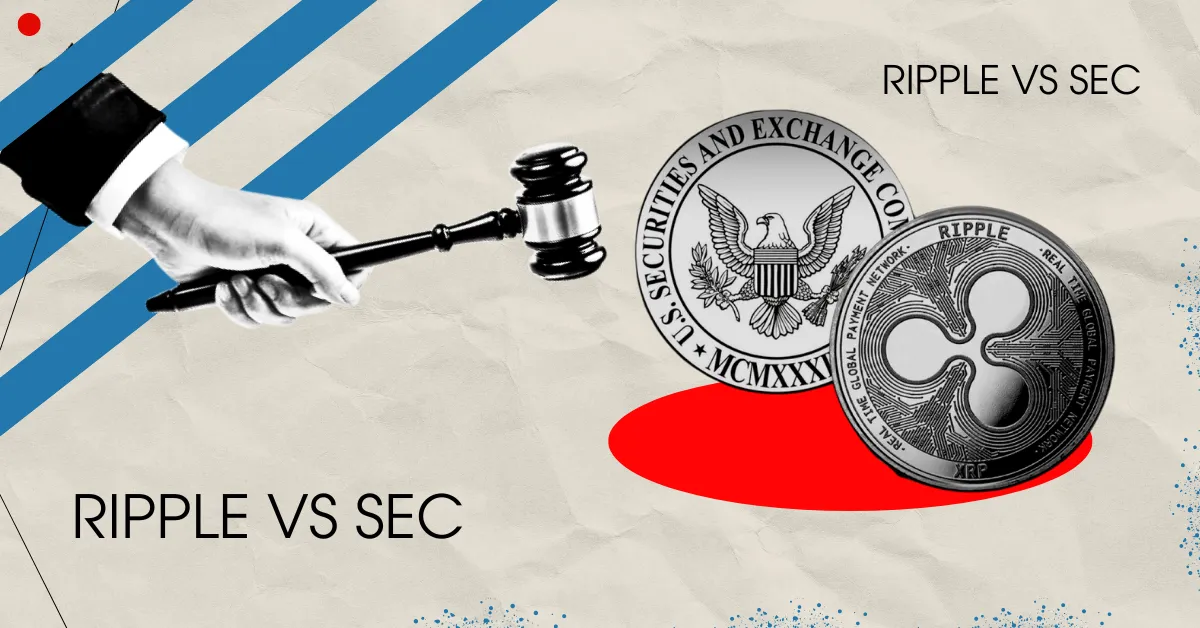Russia-Ukraine Conflict Fuels Global Military Spending Increase

Table of Contents
Increased Defense Budgets Across NATO and Allied Nations
The Russia-Ukraine conflict has acted as a catalyst for a significant increase in defense budgets across numerous nations. This surge is particularly evident within NATO and among its closest allies.
NATO's Response to Russian Aggression
Russia's invasion of Ukraine has prompted a reassessment of security strategies within NATO. Member states have responded with substantial increases in their defense budgets, reflecting a commitment to collective defense and deterrence.
- The United States: The US has significantly increased its defense budget, allocating billions of dollars towards bolstering its military presence in Europe and providing aid to Ukraine. This represents a substantial percentage increase compared to previous years.
- United Kingdom: The UK has also committed to increasing its defense spending, focusing on modernizing its armed forces and enhancing its capabilities in areas such as cyber warfare and intelligence gathering.
- Germany: Germany, previously hesitant about significant military spending, has announced a substantial increase in its defense budget, marking a historic shift in its defense policy. This includes investments in modernizing its armed forces and acquiring advanced weaponry.
This increased spending is not just about numerical increases; it reflects investment in specific military capabilities crucial for deterring potential aggression:
- Enhanced air and missile defense systems: NATO members are investing heavily in improving their ability to defend against air and missile attacks, a critical lesson learned from the conflict in Ukraine.
- Cyber warfare capabilities: The importance of cyber security and defense against cyberattacks has been underscored, leading to increased investment in this area.
- Modernization of conventional forces: Many nations are focusing on modernizing their tanks, artillery, and infantry equipment.
Non-NATO Allies Following Suit
The impact extends beyond NATO's borders. Countries such as Sweden and Finland, historically maintaining neutral stances, have joined NATO and are now significantly increasing their military spending due to the perceived threat from Russia and the changing regional security landscape. Other Eastern European nations, already facing security challenges, are also accelerating their defense spending. This reflects a broader recognition of the need for robust national defense in a volatile geopolitical environment. The implications for regional security dynamics are far-reaching, potentially leading to an arms race and heightened tensions.
Impact on Global Arms Markets and Weapon Production
The Russia-Ukraine conflict has created a booming arms market, impacting weapon production globally. Demand for certain weapon systems has skyrocketed, leading to increased production and sales for arms manufacturers worldwide.
Booming Arms Sales
The conflict has created a surge in global arms sales, benefiting major arms manufacturers worldwide.
- Increased Production: Companies specializing in the production of weapons and military equipment are experiencing record-high demand, leading to increased production and expansion.
- Record Sales Figures: Industry reports indicate a dramatic increase in arms sales, with many companies reporting record profits. This is driven both by increased governmental purchases and private sector investment.
This increased production also has significant implications for global supply chains:
- Supply Chain Strain: The increased demand is placing strain on global supply chains, potentially leading to shortages of raw materials and components.
- Competition for Resources: Countries are competing for access to critical resources needed for weapons production, exacerbating existing global supply chain vulnerabilities.
Demand for Specific Weapon Systems
The conflict has created an unprecedented demand for specific weapon systems proven effective on the battlefield.
- Anti-tank weapons: The effectiveness of anti-tank weapons, such as Javelin and NLAW systems, has led to increased global demand and production.
- Air defense systems: The use of air defense systems, including MANPADS, has demonstrated their crucial role in modern warfare, resulting in heightened demand.
- Drones: The widespread use of drones, both for reconnaissance and attack, has significantly increased their global demand.
This increased demand is driving innovation and technological advancements within the defense industry, but also potentially leading to shortages and bottlenecks in production.
Economic and Societal Consequences of Increased Military Spending
The significant increase in global military spending has profound economic and societal consequences.
Opportunity Costs
The substantial resources allocated to military spending represent opportunity costs. These funds could be used to address other crucial societal needs.
- Healthcare: Reduced investment in healthcare infrastructure and programs could lead to worse health outcomes.
- Education: Cuts to education funding could negatively impact future generations' skills and opportunities.
- Infrastructure: Delayed or cancelled infrastructure projects could hinder economic growth and development.
Diverting resources away from social programs can have significant long-term economic impacts, such as increased inequality and slower economic growth. Increased national debt is also a potential outcome of excessive military spending.
Geopolitical Implications
The global increase in military spending has far-reaching geopolitical implications, potentially escalating tensions and triggering arms races.
- Regional Instability: Increased military spending can fuel regional instability and increase the risk of conflict.
- Arms Races: A global arms race, mimicking the Cold War, could lead to a dangerous escalation of tensions and a significant drain on global resources.
- Altered Alliances: The realignment of global power dynamics, as nations seek to protect their interests, could lead to shifting alliances and new geopolitical fault lines.
Conclusion
The Russia-Ukraine conflict has undeniably fueled a significant increase in global military spending. This surge has far-reaching economic, social, and geopolitical implications, including opportunity costs, potential arms races, and a reshaping of the international security landscape. The consequences of this trend will be felt for years to come. Stay informed on the evolving dynamics of global military spending and deepen your understanding of the Russia-Ukraine conflict's impact on defense budgets. Learn more about the global implications of the increase in military spending by consulting reputable resources such as the Stockholm International Peace Research Institute (SIPRI) or government reports on defense budgets.

Featured Posts
-
 Ftc Investigates Open Ais Chat Gpt What It Means For Ai Development
May 01, 2025
Ftc Investigates Open Ais Chat Gpt What It Means For Ai Development
May 01, 2025 -
 Earn More Cruise More Cruises Coms Industry First Rewards Program
May 01, 2025
Earn More Cruise More Cruises Coms Industry First Rewards Program
May 01, 2025 -
 Fans React Coronation Streets Daisys Pre Soap Career
May 01, 2025
Fans React Coronation Streets Daisys Pre Soap Career
May 01, 2025 -
 Xrp News Today Ripple Lawsuit Update And Potential Us Xrp Etf
May 01, 2025
Xrp News Today Ripple Lawsuit Update And Potential Us Xrp Etf
May 01, 2025 -
 Ted Kotcheff Director Of Rambo First Blood Passes Away At 94
May 01, 2025
Ted Kotcheff Director Of Rambo First Blood Passes Away At 94
May 01, 2025
Latest Posts
-
 Duponts Masterclass Frances Victory Over Italy In The 11th Conduct
May 02, 2025
Duponts Masterclass Frances Victory Over Italy In The 11th Conduct
May 02, 2025 -
 Frances Six Nations Win Implications For Irelands Title Hopes
May 02, 2025
Frances Six Nations Win Implications For Irelands Title Hopes
May 02, 2025 -
 Six Nations France Sends Ireland A Message With Italy Victory
May 02, 2025
Six Nations France Sends Ireland A Message With Italy Victory
May 02, 2025 -
 France Crushes Italy Ireland On High Alert For Six Nations Clash
May 02, 2025
France Crushes Italy Ireland On High Alert For Six Nations Clash
May 02, 2025 -
 Frances Dominant Six Nations Victory A Warning To Ireland
May 02, 2025
Frances Dominant Six Nations Victory A Warning To Ireland
May 02, 2025
